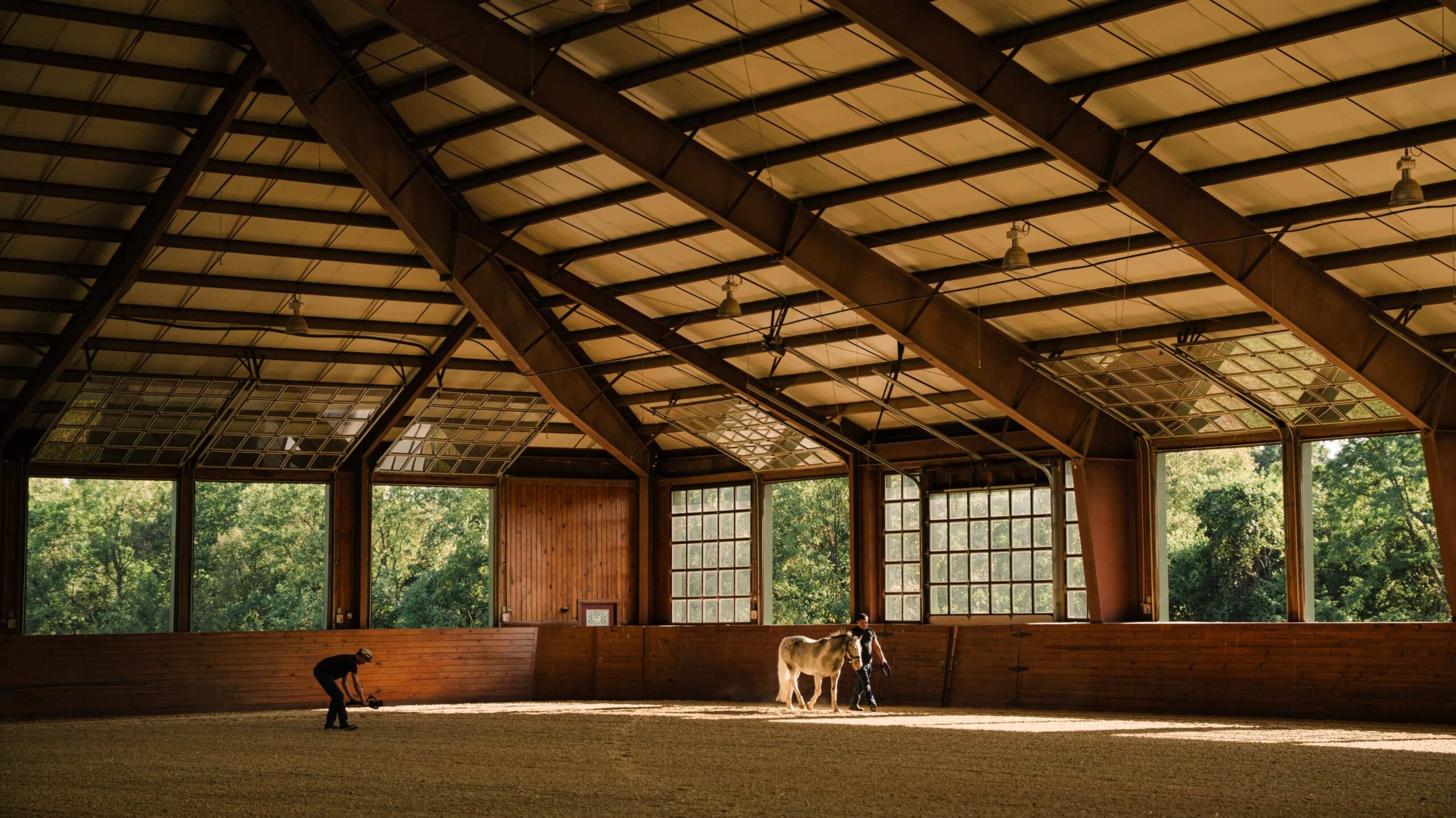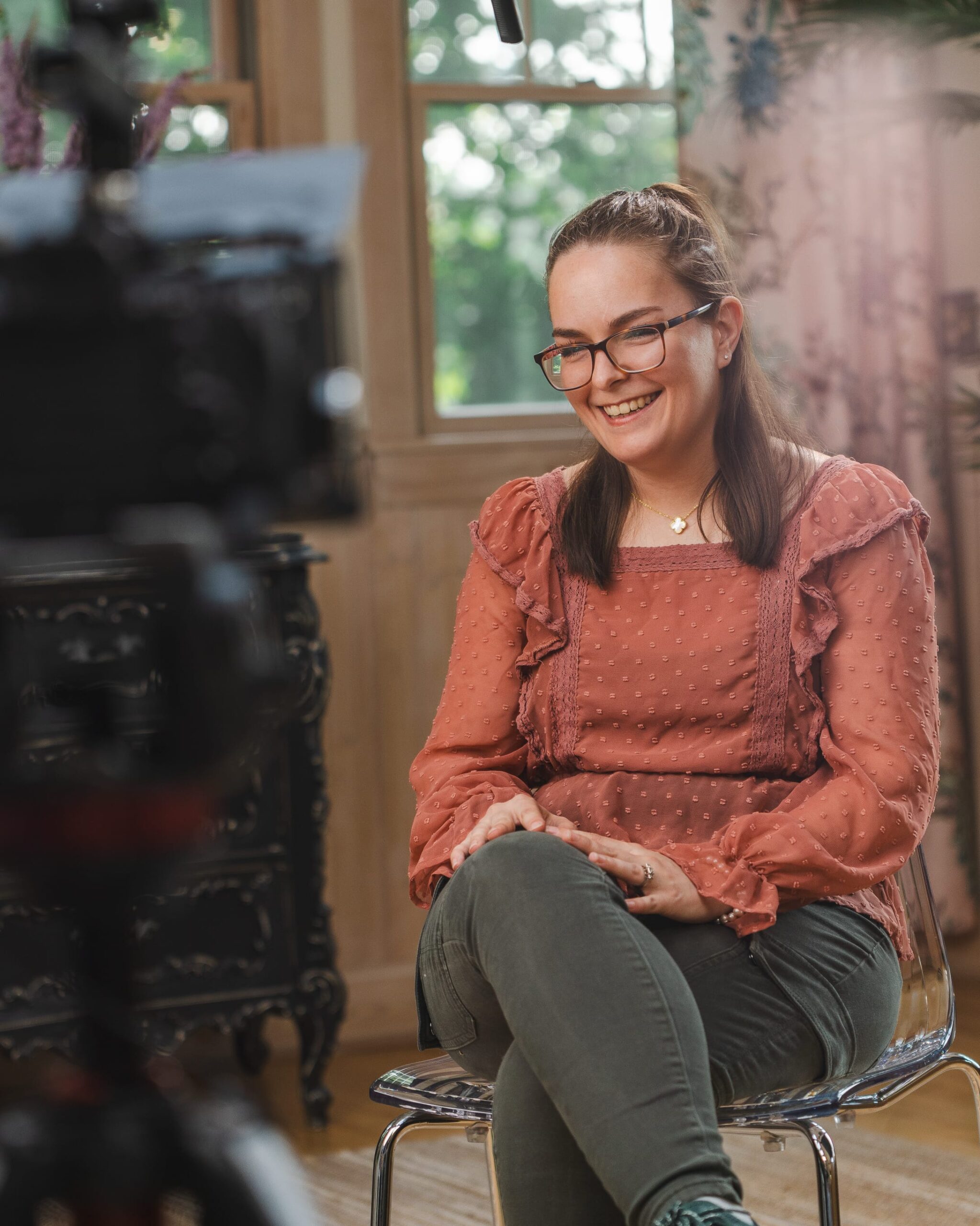The epic myths of ancient Greece or the wild tales of Norse mythology weren’t just about gods and monsters, they were the threads that held communities together, explained the mysteries of life, and gave meaning to struggle.
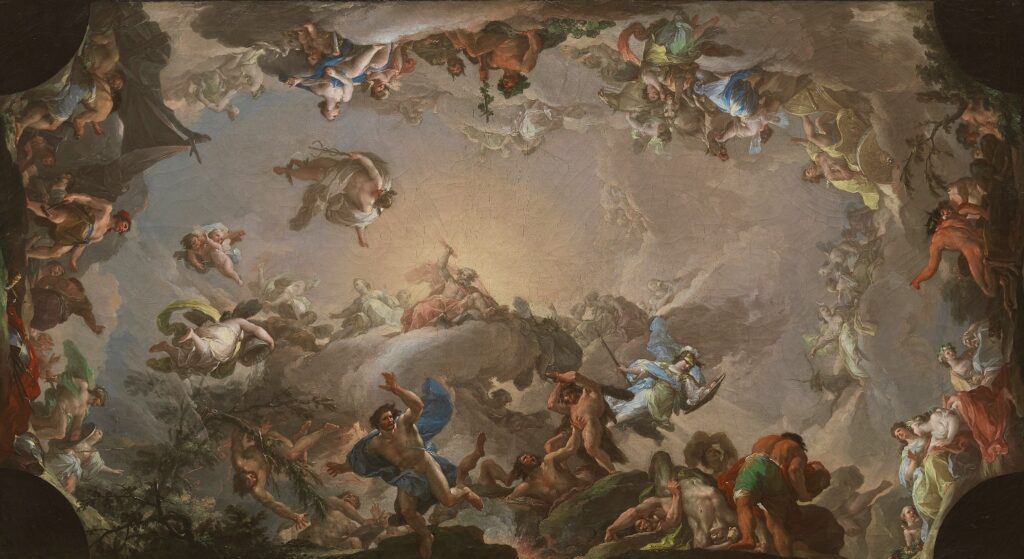
In ancient Greece, myths of gods like Zeus, Athena, and Apollo were woven into everyday life. They explained natural phenomena—why thunderstorms struck or why the seasons changed, and delivered moral lessons through the triumphs and failures of gods and heroes. Zeus, for instance, wasn’t exactly a role model. Picture a powerful monarch with control over the weather, who also has a habit of turning into animals and stirring up drama, usually assaulting women or dodging responsibilities. The Greeks didn’t just listen to these stories for fun. They used them to pass on values like bravery, wisdom, and justice. Basically, their way of saying, “Don’t be like Zeus, unless you want a lot of trouble.”
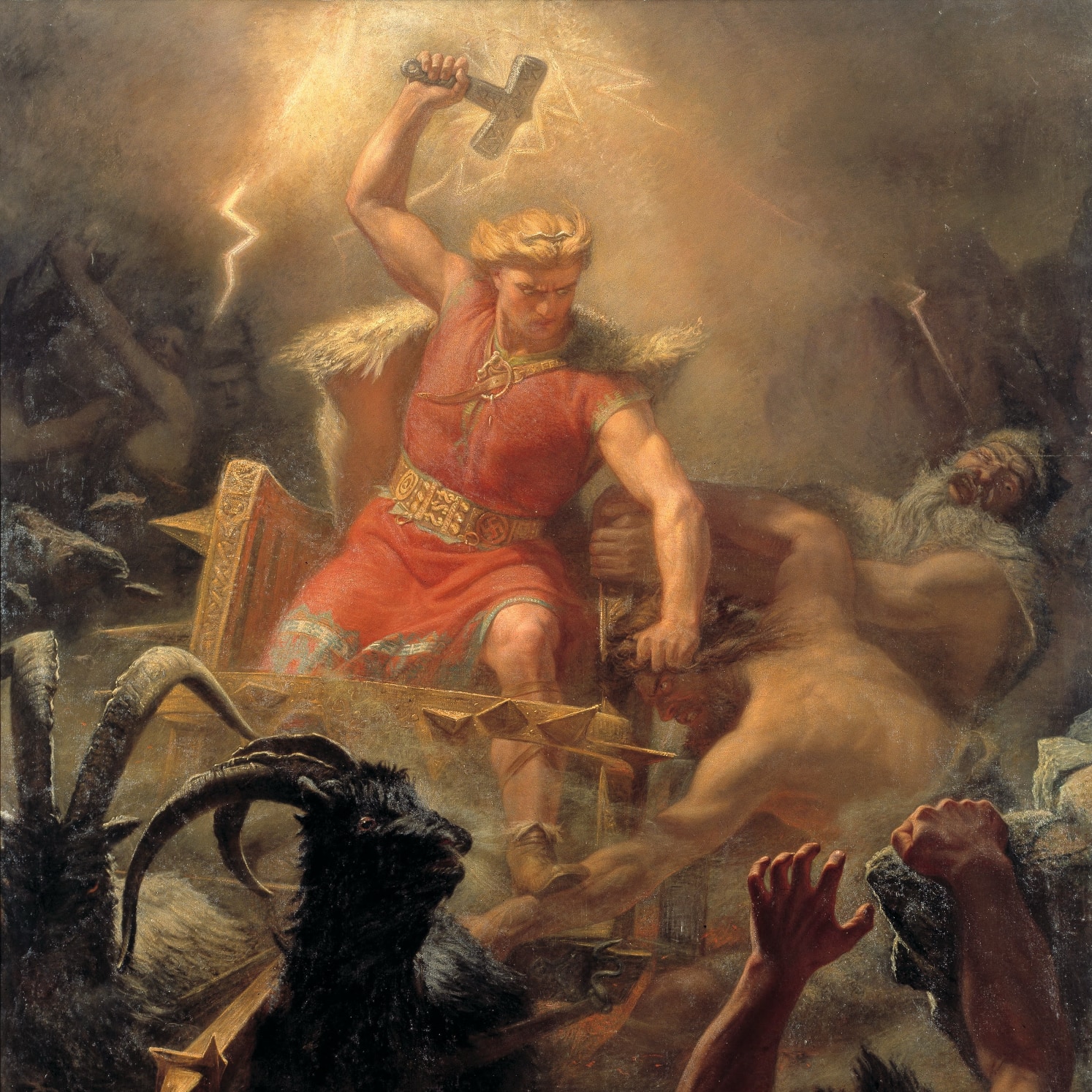
Norse mythology worked similarly, offering insight into the harsh realities of life in Scandinavia. The stories of Odin, Thor, and Loki were thrilling, but they also taught about the inevitability of conflict and the need for courage. Take Ragnarök, the prophesied end of the world. It’s not just a tale of destruction. It’s a reminder that even if the world’s going down in flames, you can still go down swinging. Myths didn’t just teach survival, they taught people how to face challenges with grit and dignity.
These myths were deeply embedded in the cultures that created them, providing a shared sense of identity and purpose. And they weren’t static. They evolved with the people, adapting to new times and circumstances. Passed down through generations, myths kept cultural values alive, making storytelling a communal act, a way to bring people together, create shared meaning, and strengthen bonds.
Modern brands can learn a lot from these ancient myths. Just as myths brought people together and gave them a sense of belonging, modern storytelling can do the same. When a brand creates a narrative that resonates, whether it’s about overcoming obstacles, celebrating values, or making a positive impact, it builds a cultural connection that goes beyond a simple transaction.
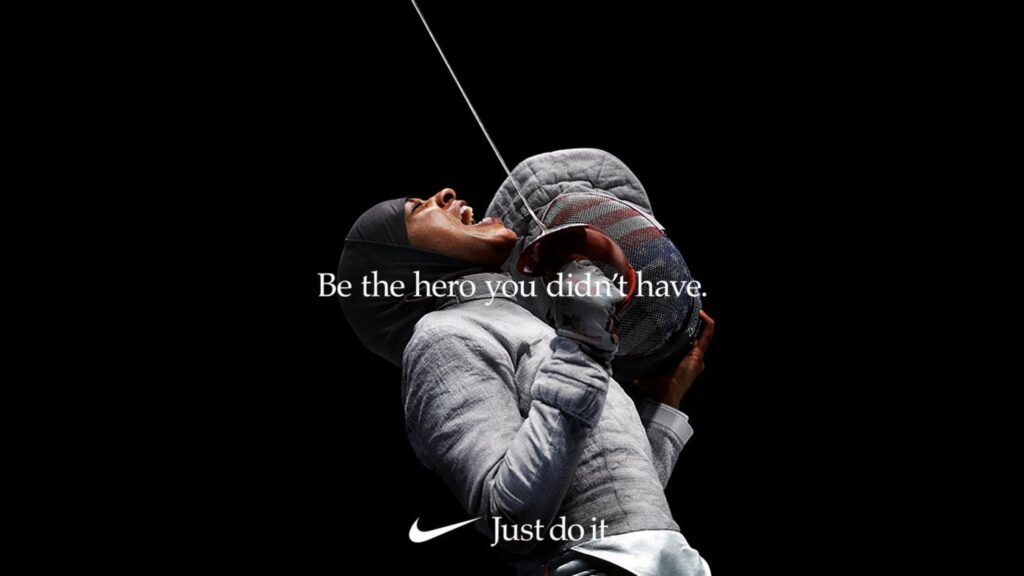
Think of brands like Nike. They don’t just sell shoes. They sell the belief that, with enough grit, you could outrun a thunder god (at least in spirit). Their campaigns often tap into the hero’s journey, reminding you that the real adventure is pushing through obstacles and emerging stronger.
It’s fascinating how little has changed in the way we visually celebrate strength and triumph. Look at the artwork of ancient Greek gods and battles. The drama, the intensity, the larger-than-life personas. Now compare it to a modern Nike ad, where athletes are depicted as powerful, almost mythic figures. Despite the millennia of world history separating these images, both evoke awe and admiration, using striking imagery to tell stories of courage, struggle, and victory. From a storytelling perspective, nothing has changed. Greatness is still a story worth sharing.
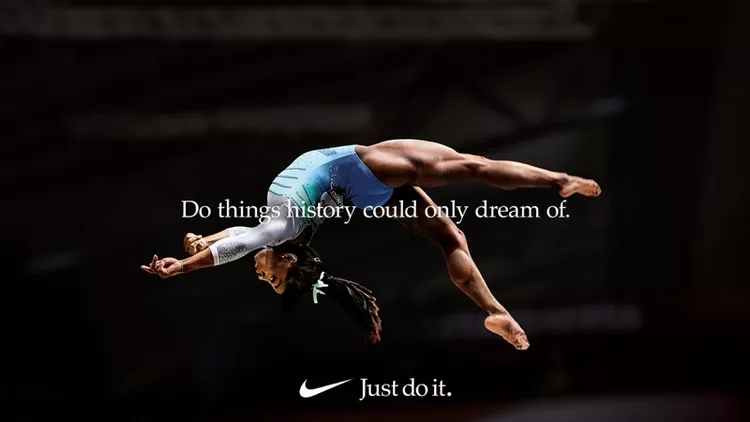
When done right, storytelling becomes more than marketing. It becomes the foundation of a shared culture, an identity that people want to be part of. So take a lesson from the Greeks, the Norse, and those wild stories about thunder gods and world-ending prophecies. People don’t just want products. They want to be part of a story worth telling.
READ LATEST
the
we're storyteller studios
documentary-style film for brands & causes
In 2013, we started leveraging the power of documentary-style film for brands and causes in our hometown of Springfield, Illinois (hence our affinity for Lincoln).
Since then, we’ve worked with clients nationally and traveled to cities including Chicago, St. Louis, Kansas City, Indianapolis, Louisville, and Des Moines.
No matter where you are, we’d be honored to serve your brand next.
featured post
3 Must-Have Ingredients for Marketing Videos That Work
Every effective marketing video relies on three essential ingredients that make it resonate with audiences and drive results—discover what they are and how they can make your next video project a success.
